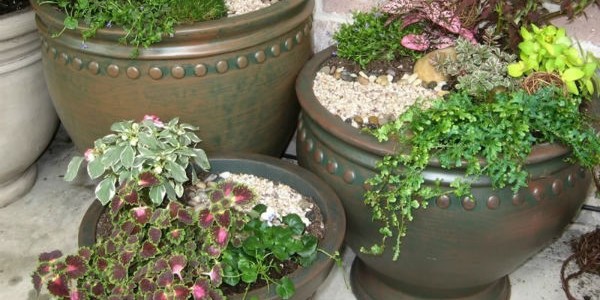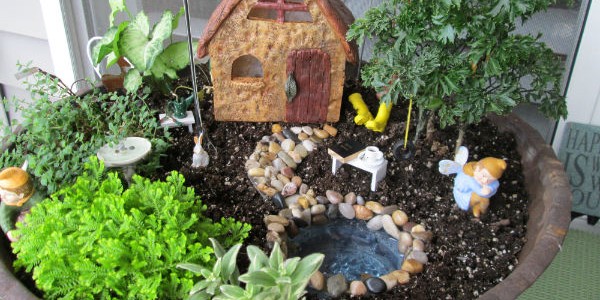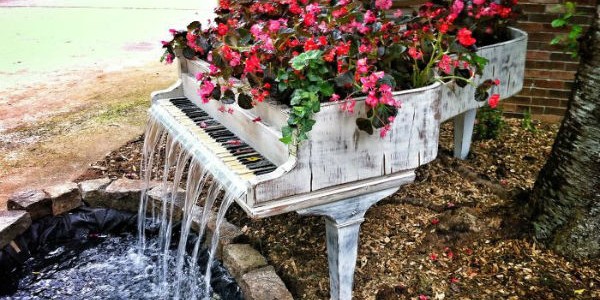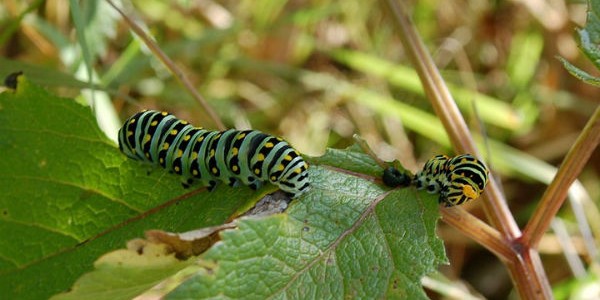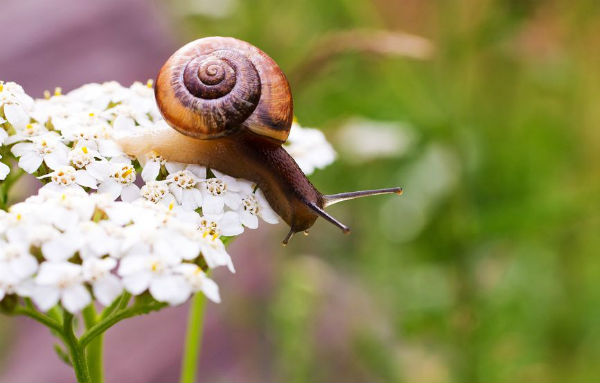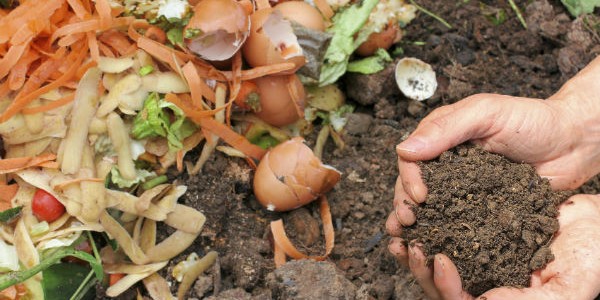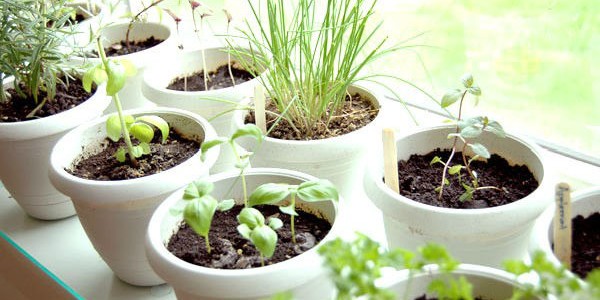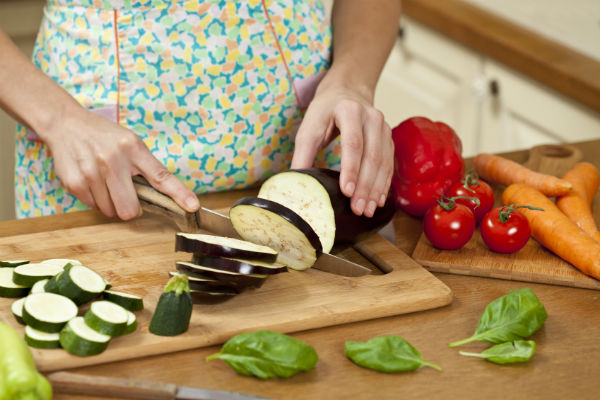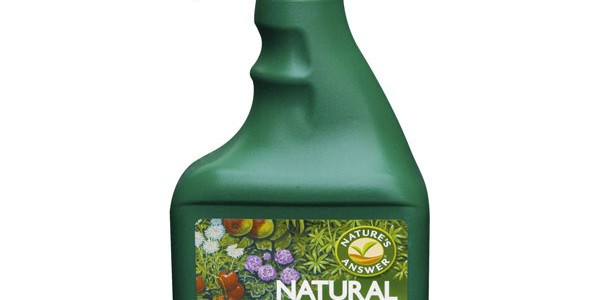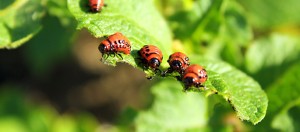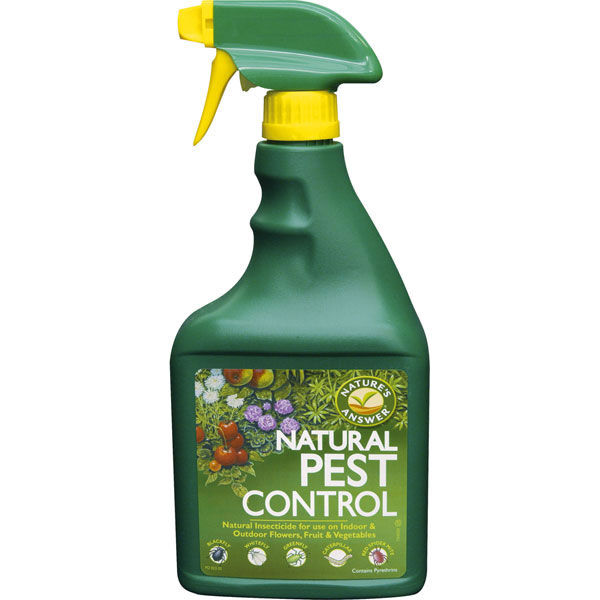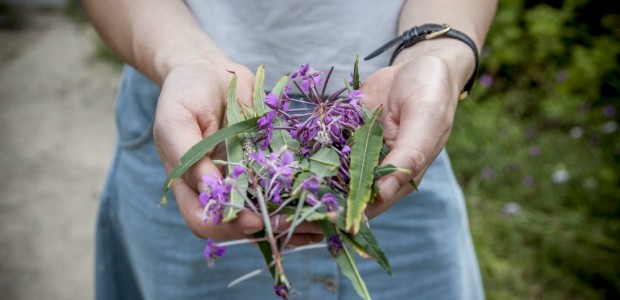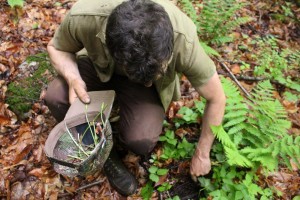Caring for your own little garden can be a very rewarding experience. It’s fun, it’s relaxing and you can literally see the fruits of your labor grow before your eyes. What’s even better, if you choose the right plants, you can make this hobby useful as well. Some people choose to grow culinary herbs to save money and gain flavor in the kitchen. But you can also grow herbs with health benefits to keep yourself and your family in top shape in a completely natural way.

1. Aloe Vera
Aloe Vera is known for its many benefits relating to skin care. It is great to treat sunburns, cold sores and even psoriasis. All you need to do is cut open one of its fleshy leaves and topically apply the gel inside it as a soothing balm. Besides, Aloe Vera is a very easy to care plant that can be really resilient, so it’s ideal if you live in a hot and dry area.
2. Basil
Fresh basil is an easy way to instantly kick your dishes up a notch. But this herb is not only delicious, it can help you cure your stomach as well. Basil leaves can be eaten to treat stomach pain, loss of appetite and even gas. Simply add the leaves to a salad and you are good to go. You can also apply the leaves directly on top of insect bites to reduce inflammation and help them heal.
3. Coneflower
Echinacea or coneflowers are pretty little purple flowers that are closely related to daisies. But they do much more than look pretty and add color to your garden. They are believed to have anti-inflammatory properties that can soothe symptoms related to the flu, cold and other respiratory ailments. You can take advantage of its health properties by making coneflower tea.
4. Lavender
Another popular herb, lavender is known for its distinctive smell and bright purple color. Lavender looks great in any garden (and you can even grow it in a pot inside, to naturally add a touch of color to your living room. This pretty flower has relaxing properties that will help you reduce stress and anxiety and even sleep better. You can make tea out of its dried flowers or simmer them in a hot pot of water to inundate the room with its powerful and calming scent.
5. Calendula
These bright orange flowers look very similar to marigolds, but they have a bunch of health properties that make them a perfect addition to your medicinal garden. A tea made from its flowers will soothe stomach ailments and a Calendula salve applied to the skin with reduce irritation and even make hemorrhoids hurt less. Besides, this flower can even slow-down bleeding when applied topically, so it’s a good plant to have around in case of an accident.
6. Mint
No herb garden would be complete without some mint. It smells great, it can freshen your breath and it’s easy to grow. What more could you want? You can use its leaves to make tea and drink it to treat nausea. Mint leaf tea will also soothe tension headaches. Besides this herb’s powerful smell can clear your sinuses and even make it easier for you to focus or keep yourself awake.



